Tooth Colored Fillings: Natural Look, Lasting Durability, Patient Safety
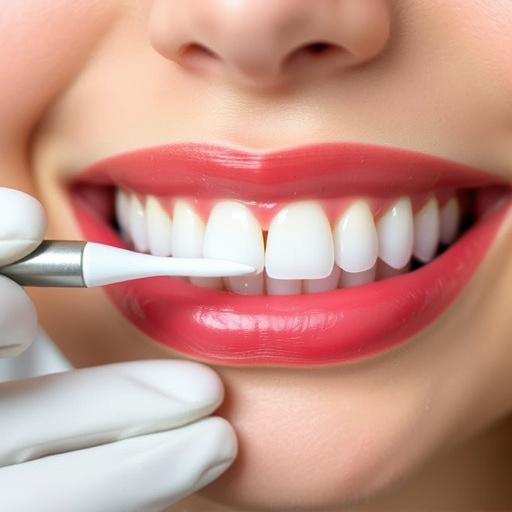
Tooth colored fillings are a popular choice for their aesthetic appeal and functionality, matching n…….
In the realm of dental restoration, tooth colored fillings have emerged as a transformative solution, offering both aesthetic appeal and functional durability. This innovative technique has revolutionized the way dentists address tooth decay and damage, providing patients with improved oral health and enhanced smiles. In this comprehensive article, we embark on a journey to explore every facet of tooth colored fillings, from their inception to their global impact, technological advancements, and future potential. By delving into this subject, readers will gain valuable insights into a procedure that has become an integral part of modern dental care.
Definition: Tooth colored fillings, also known as composite fillings, are dental restoratives used to repair damaged or decayed teeth. Unlike traditional metal amalgams, these fillings are crafted from a combination of resin and fine glass particles, allowing them to mimic the natural color and translucency of teeth.
Core Components: The primary components include:
Historical Context: The concept of tooth colored fillings dates back to the early 20th century when dentists sought alternatives to silver amalgams. Early attempts involved porcelain and glass materials, but these were limited by their fragility. Significant advancements came in the late 1960s with the development of modern composite resins, marking a turning point in dental restoration.
Significance: Tooth colored fillings offer several key advantages:
The adoption of tooth colored fillings has spread across the globe, influenced by a combination of aesthetic preferences, technological advancements, and changing dental practices.
| Region | Impact and Trends |
|---|---|
| North America | Leading in dental technology, this region has widely embraced tooth colored fillings due to their aesthetic appeal and patient demand for natural-looking smiles. |
| Europe | Known for its stringent regulations, Europe has driven innovation in composite materials, resulting in high-quality, long-lasting fillings. |
| Asia Pacific | Rapidly growing dental tourism and a rising middle class are driving the demand for tooth colored fillings in this region. |
| Latin America | With a focus on preventive dentistry, tooth colored fillings are gaining popularity as a cost-effective solution for restoring damaged teeth. |
Global trends indicate a growing preference for minimally invasive dental procedures, with tooth colored fillings at the forefront. The demand for aesthetically pleasing alternatives to metal fillings has fueled innovation and driven market growth.
The global tooth colored fillings market is characterized by:
Dental practices invest in tooth colored fillings as:
The evolution of tooth colored fillings has been driven by technological breakthroughs:
Regulatory frameworks play a crucial role in ensuring the safety and efficacy of tooth colored fillings:
Despite their numerous advantages, tooth colored fillings face certain challenges:
Solutions and Strategies:
Case Study 1: Restoring a Child’s Smile
A 10-year-old patient presented with multiple carious lesions on primary molars. Using a layer-by-layer approach, the dentist applied composite fillings to each tooth, ensuring proper adaptation and aesthetic harmony with surrounding teeth. Follow-up visits revealed excellent oral hygiene practices, and the fillings remained intact, successfully restoring the child’s smile and self-confidence.
Case Study 2: Complex Restoration in an Adult Patient
An adult patient suffered from a dental trauma, resulting in a horizontal fracture through the coronal third of a maxillary incisor. Using advanced 3D imaging and computer-aided design (CAD), a custom composite filling was fabricated to replicate the natural tooth’s contour precisely. The procedure required careful preparation and precise placement, but the final result restored both function and aesthetics, improving the patient’s overall oral health.
The future of tooth colored fillings looks promising, with several emerging trends shaping its landscape:
Tooth colored fillings have emerged as a pivotal element in modern dental care, offering solutions that cater to both patient needs and aesthetic preferences. With technological advancements, global adoption, and continuous innovation, this procedure is poised for significant growth. As dentists and researchers delve deeper into composite materials and restoration techniques, the future promises improved oral health, enhanced smiles, and personalized dental care.
Q: Are tooth colored fillings safe?
A: Yes, when used appropriately and by qualified professionals, tooth colored fillings are considered safe. They undergo rigorous testing to ensure biocompatibility and compliance with international standards.
Q: How long do they last?
A: With proper oral hygiene, composite fillings can last 5-10 years or more. Regular dental check-ups help monitor filling integrity and address any issues promptly.
Q: Do they hurt during placement?
A: Modern tooth colored fillings typically involve minimal discomfort. Dentists use local anesthesia to numb the area, making the procedure comfortable for most patients.
Q: Are they suitable for all ages?
A: Yes, composite fillings can be used across various age groups, from children to adults. However, the specific treatment plan may vary depending on the patient’s oral health and needs.
Q: Can they be repaired if damaged?
A: In many cases, yes. If a composite filling becomes damaged or worn, it can often be repaired or replaced by a dentist, extending its lifespan.

Tooth colored fillings are a popular choice for their aesthetic appeal and functionality, matching n…….
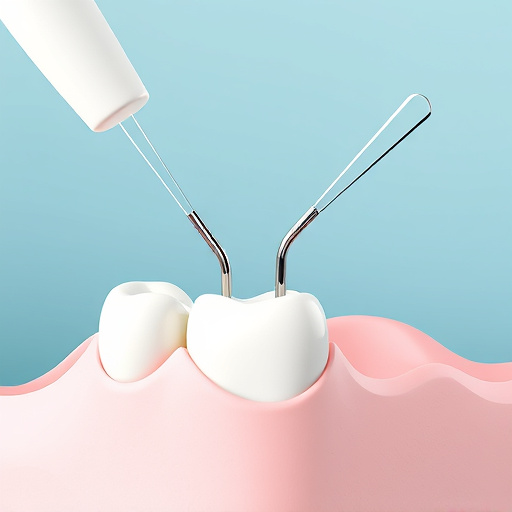
Tooth colored fillings, made from composite resin, offer an aesthetically pleasing and durable alter…….
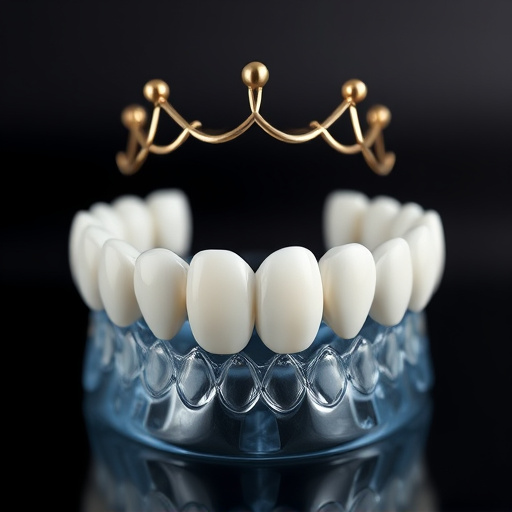
Tooth-colored fillings, made from composite resin or ceramic, offer a popular aesthetic option in de…….

Tooth colored fillings are a modern solution for enhancing smile aesthetics and restoring dental hea…….

Tooth colored fillings are a popular choice for their natural appearance and functional benefits. Ma…….
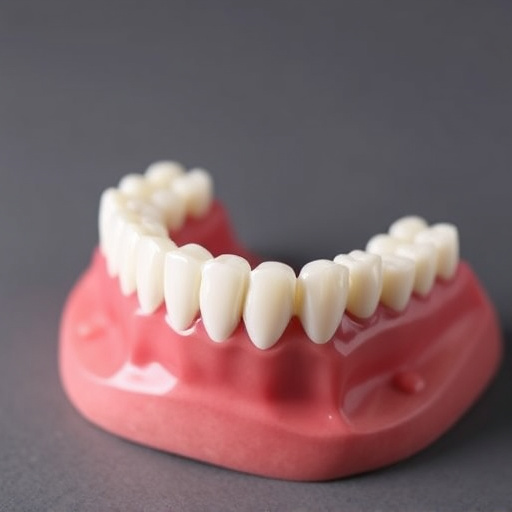
Tooth colored fillings offer a modern aesthetic and functional dental restoration. Crafted from comp…….
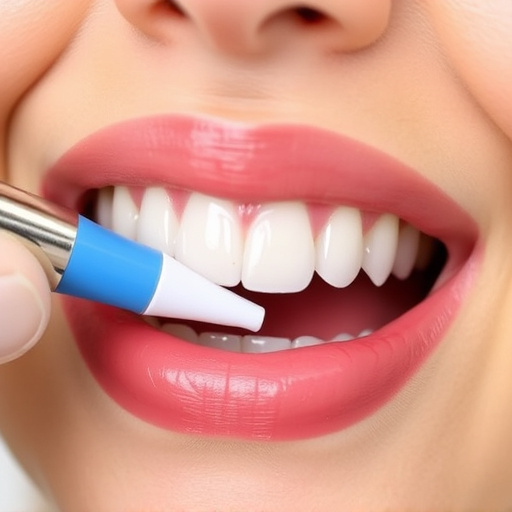
Tooth colored fillings, made of composite resin, offer a natural and durable alternative to metal fo…….
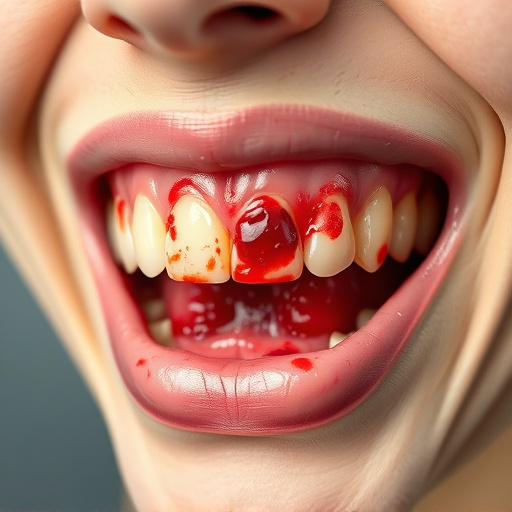
Tooth colored fillings are modern composite solutions combining aesthetics and functionality. They i…….
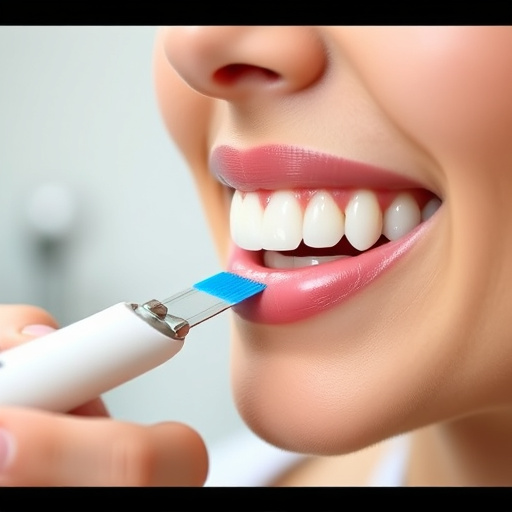
Tooth-colored fillings are a top choice for those seeking quick, efficient, and aesthetically pleasi…….

Tooth colored fillings are modern, aesthetically advanced solutions for dental repairs, crafted from…….